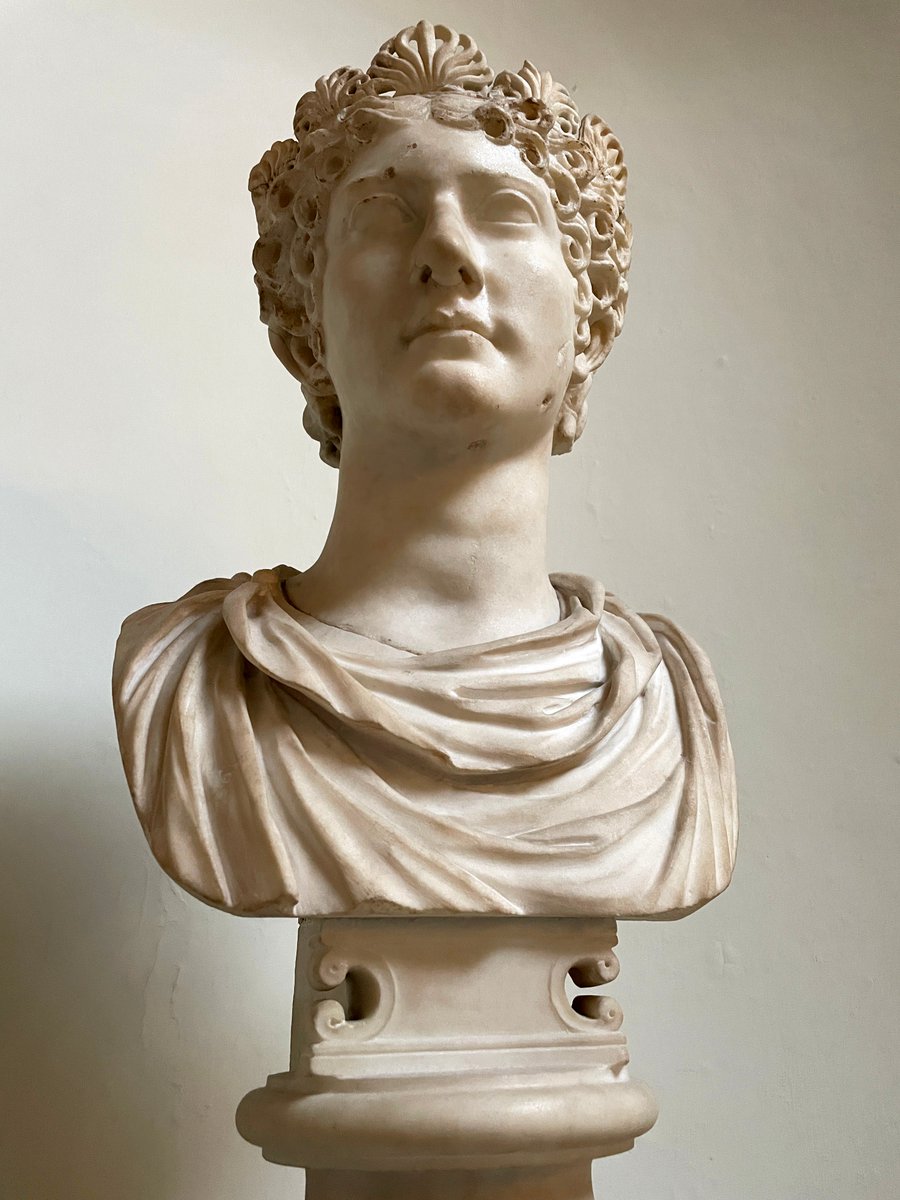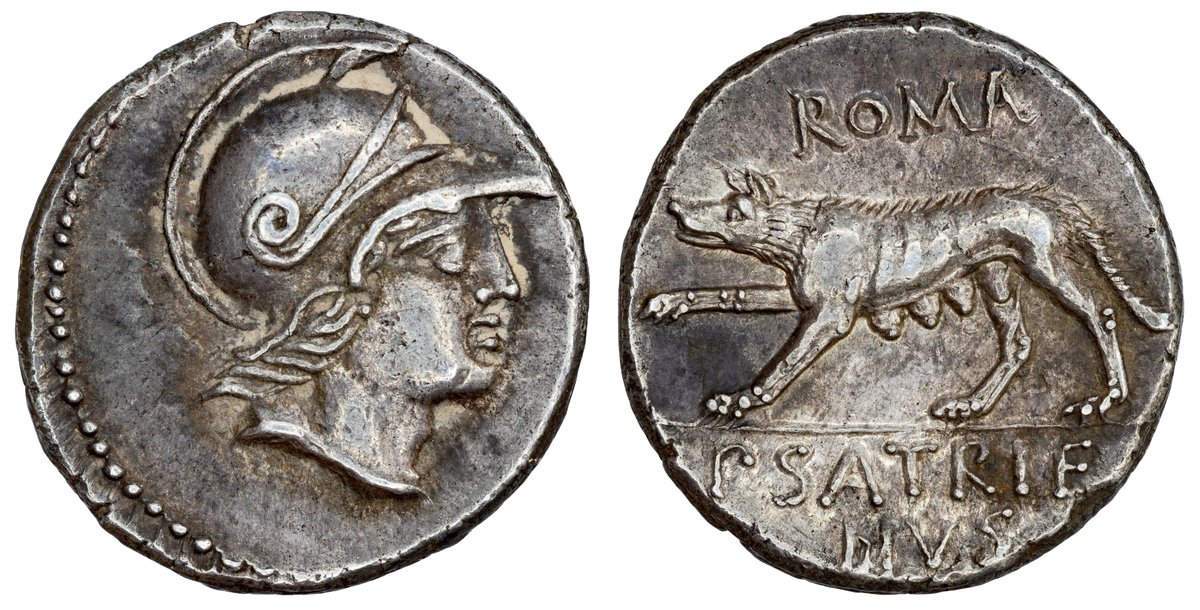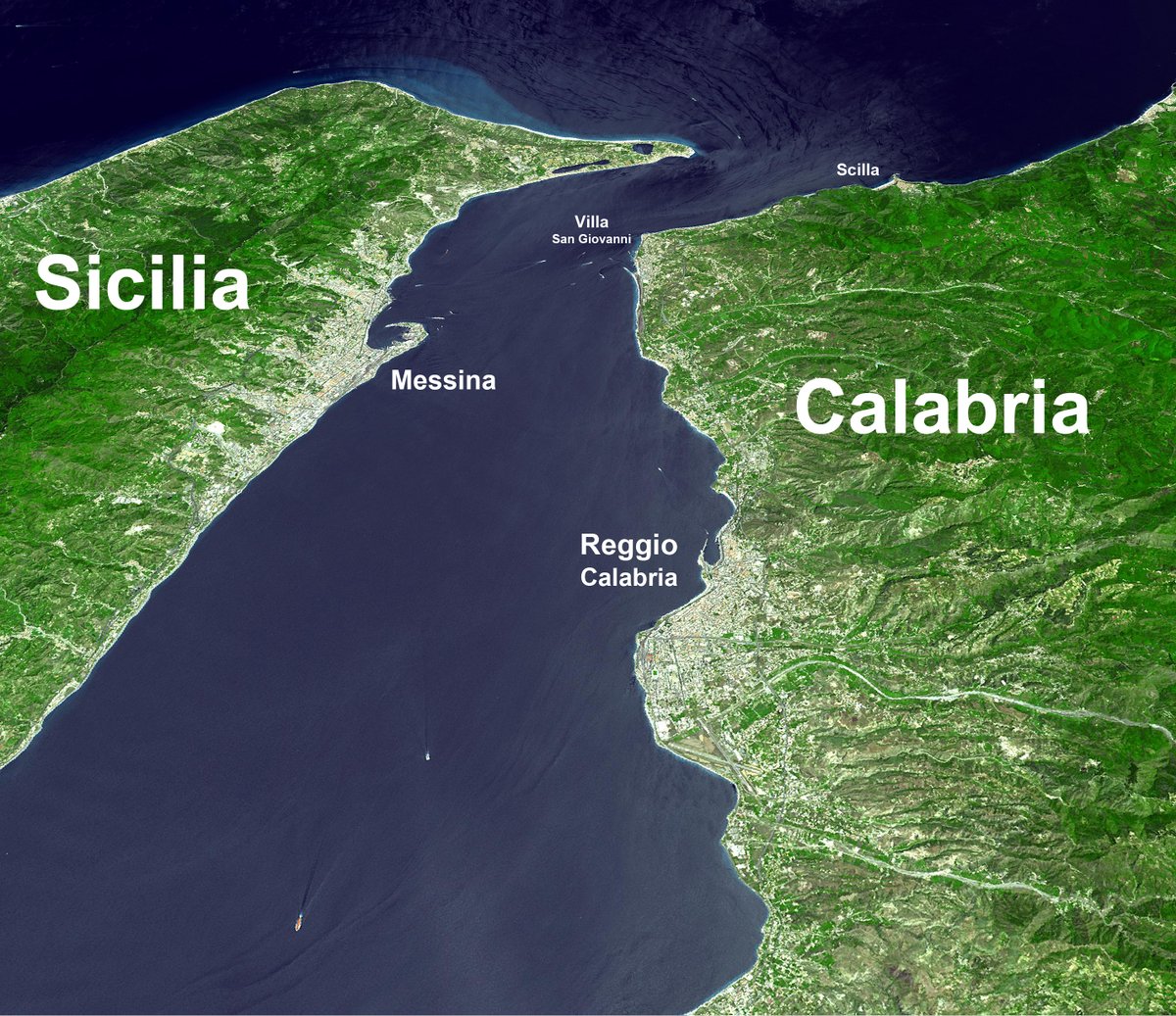
1) Delighted to add to my collection this wonderful denarius of Hadrian, with the restless emperor shown near the end of his 21-year reign and celebrating himself as restorer of the lands of the world - in this case none other than his homeland of Hispania. 

2) Where his predecessor Trajan had travelled mainly through military campaigns and his successor Antoninus never left Italy at all during his time on the throne, Hadrian spent more than half his long reign touring the provinces of a Roman empire at its most expansive. 

3) In the last few years of his rule, having visited most of his provinces in person, the Roman mint commemorated the emperor's grand tour in an ambitious 'travel series' of coinage, celebrating the imperial provinces visited by Hadrian and their subsequent revitalisation. 



4) The series celebrated the province itself, visualised in a female personification (their Latin names being feminine nouns like 'Germania'). Other types also honoured Hadrian's safe arrival (Adventus), his beneficence (Restitutor) and his addresses to the army (Exercitus). 

5) My denarius commemorates Hadrian's elevation of his home region Hispania (today's Iberian Peninsula), where he may have been born in January 76 AD at Italica near modern Seville. A toga-clad Hadrian is shown as 'restorer', helping a kneeling Hispania to her feet.. 

6) Hispania has some wonderful unique attributes that differentiate her from other lands. In one arm she holds an olive branch symbolising the region's famed olive oil production. Spain remains the world's leading exporter of olive oil today. 

7) Between Hadrian and Hispania sits a small rabbit - so famously abundant were they in the region, the poet Catullus would label it "rabbity Spain" (Cat.37). Indeed the very name name Hispania may derive from the Phoenician "Span" - with Ispania meaning 'Land of the rabbits.' 

8) A final view of the spectacular ancient coin in hand. Those interested can enjoy this and other coins in my gallery here: harneycoins.com/imperial?pgid=… 

• • •
Missing some Tweet in this thread? You can try to
force a refresh

























